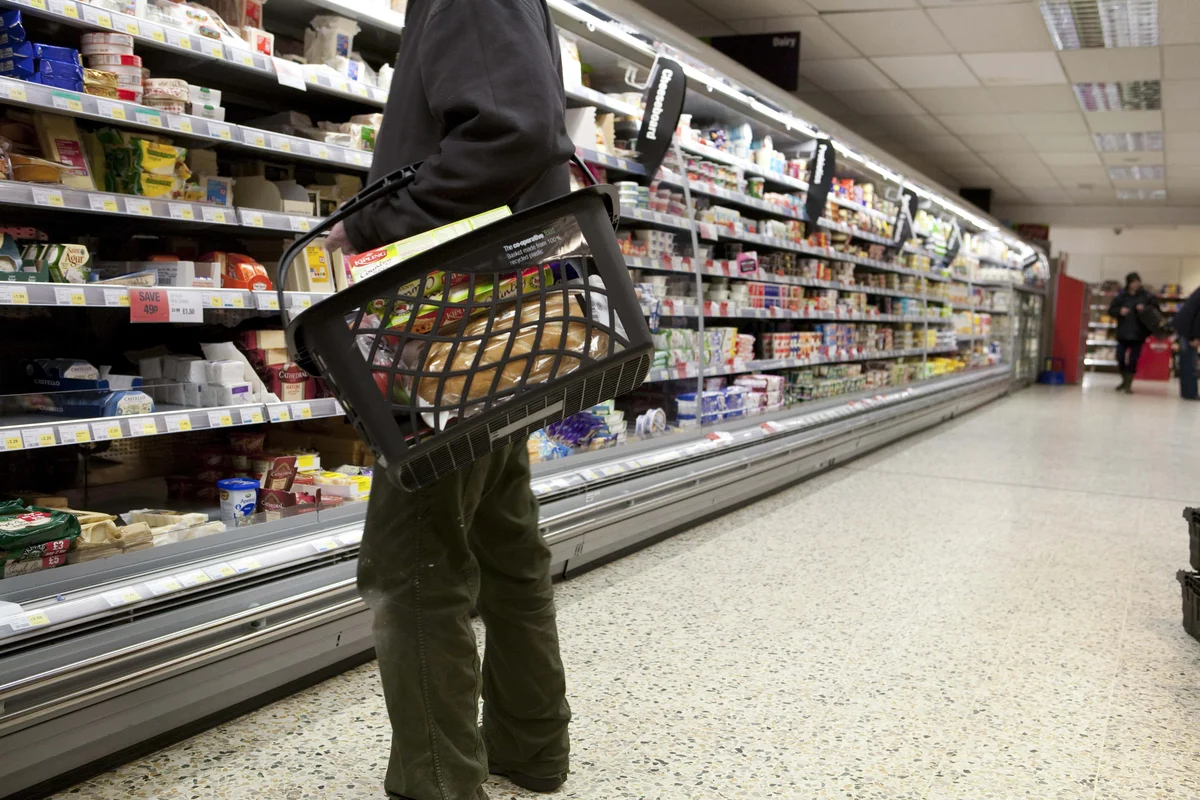Copyright standard

Inflation unexpectedly remained steady last month as upward pressure from petrol prices was offset by easing food costs, according to official figures. The rate of Consumer Prices Index (CPI) was 3.8% in September, remaining at the same level as both July and August, the Office for National Statistics said. Economists had predicted a reading of 4% for the month. The weaker-than-expected rise will provide a boost for the Bank of England in its bid to bring inflation back down to its 2% target rate. The Bank of England had previously predicted that UK inflation would peak around September before steadily falling back down. The inflation figure will also be welcomed by the Chancellor Rachel Reeves, with it pointing to a smaller-than-expected rise in the cost of living for households and also a weaker-than-expected increase in many welfare payments next year. Office for National Statistics (ONS) chief economist Grant Fitzner said: “The largest upward drivers came from petrol prices and airfares, where the fall in prices eased in comparison to last year. “These were offset by lower prices for a range of recreational and cultural purchases including live events. “The cost of food and non-alcoholic drinks also fell for the first time since May last year.” The UK’s statistics body said a smaller fall in the price of motor fuel and tickets for flights put upwards pressure on the inflation rate for the month. But it said prices linked to cultural events dropped by 1.6% month-on-month. Meanwhile, food and non-alcoholic drink prices also helped contribute to steady inflation after they dipped 0.2% month-on-month, slipping for the first time since May last year. The ONS indicated that this was likely to have been driven by increased sales and discounting by retailers. Nevertheless, food and drink prices are still 4.5% higher than the same month last year after a recent acceleration in costs, which many suppliers have linked to higher labour costs and taxes. September’s inflation rate also means that many state benefits are now expected to rise by 3.8%, providing a smaller-than-predicted increase for the Chancellor ahead of next month’s autumn Budget. The September inflation rate is typically used to decide the level of increase for many benefits, such as universal credit, tax credits and disability benefits. This rate is also a key part of the pension triple lock, which is used to decide how much pensions will increase by in the following April. But the increase is based on either this inflation rate, average earnings growth between May and July, or 2.5%. The inflation rate was however lower than the earnings growth figure of 4.8%, meaning that pensions are expected to rise by this level from April next year. The latest reading will also dictate some tax increases for the Chancellor, with business rates – the tax on commercial properties – now expected to rise by 3.8%, before an impending revaluation process is taken into account. The ONS’s preferred measure of inflation, Consumer Price Index including occupiers housing (CPIH), stayed flat at 4.1% for September, compared with the previous month. Meanwhile, the Retail Prices Index (RPI) rate of inflation slowed to 4.5% from 4.6% in August.



